The museum's collections: Drugs
A bit of the history of apothecaries and their importance in Medicine
The apothecaries were the places where the medicines were prepared by means of vegetable, animal and mineral products, right there they were commercialized and gave rise to the first patent medicines.
Regularly, these were attached to offices or hospitals, so the doctor sent them to the apothecary for the relevant treatment.


The medication often had to be ground in mortar, then weighed and delivered to the patient, according to the amounts stipulated by the doctor.
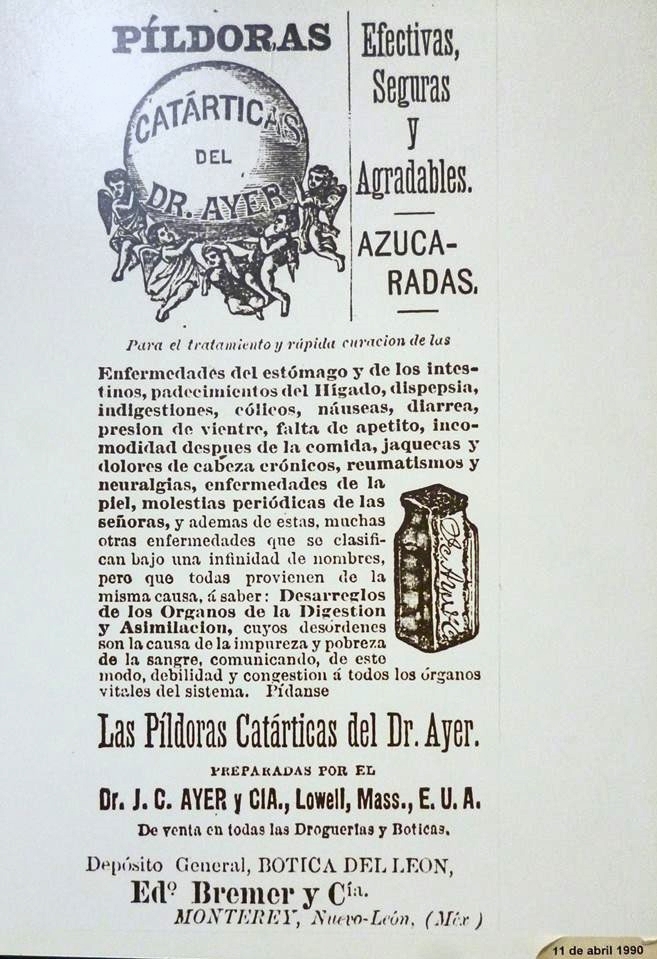
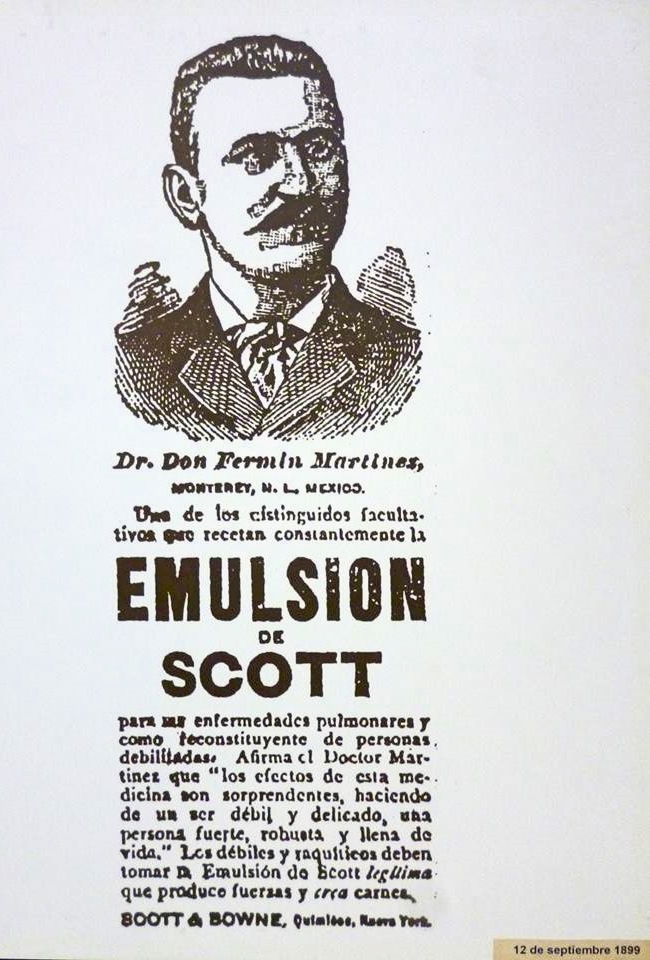
Sometimes, apothecaries made syrups or ointments, which they sold in their stores.
Synthesized drugs and tablets were given way at the end of the 18th century, mainly in Europe, and then sold in the rest of the world.
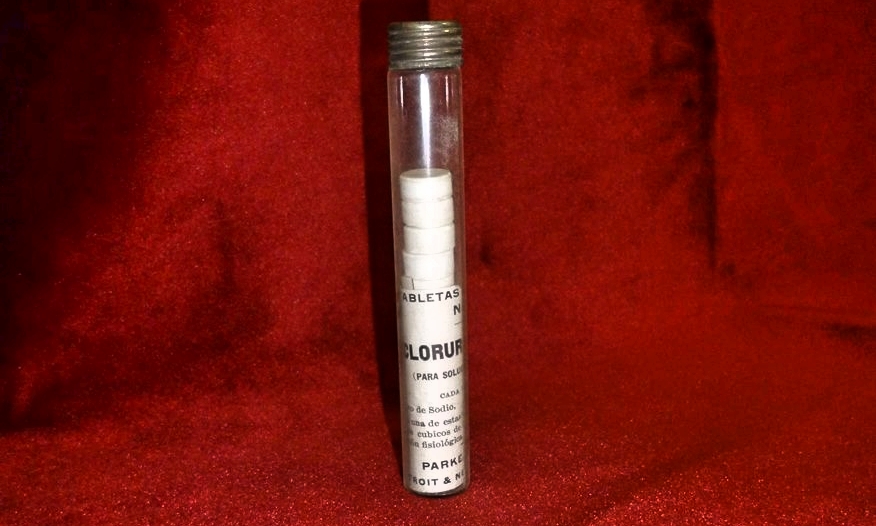
In 1858, a subcutaneous injection was found to work, even without being applied directly to the affected region. A year later he introduced the term "hypodermic", thereafter drugs of intra and subcutaneous administration were developed.
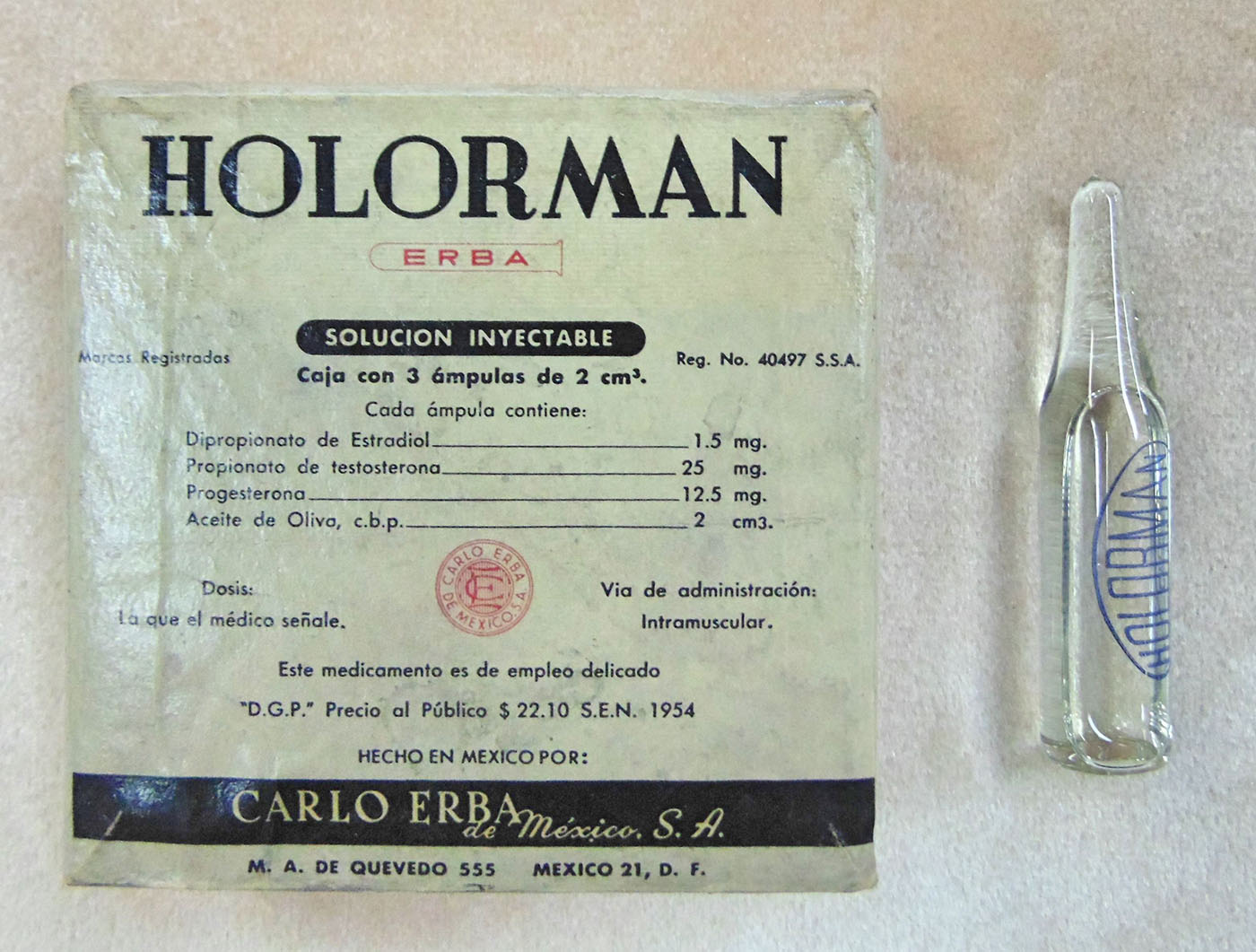
With the modernization of the pharmaceutical industry, the apothecaries were left behind, at present there are very few that continue to operate by tradition.
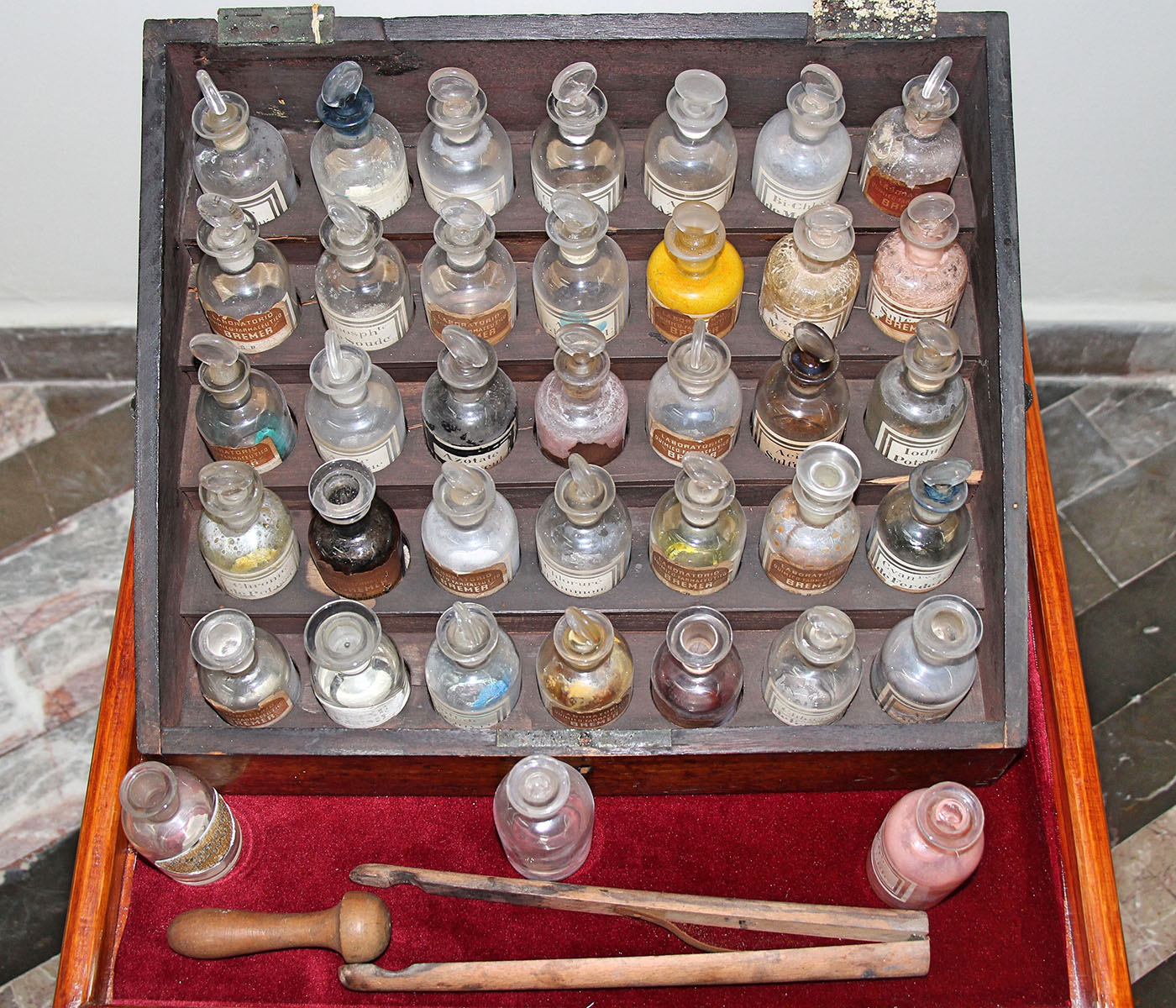
Museum Room "Dr. Ángel Óscar Ulloa Gregori"

